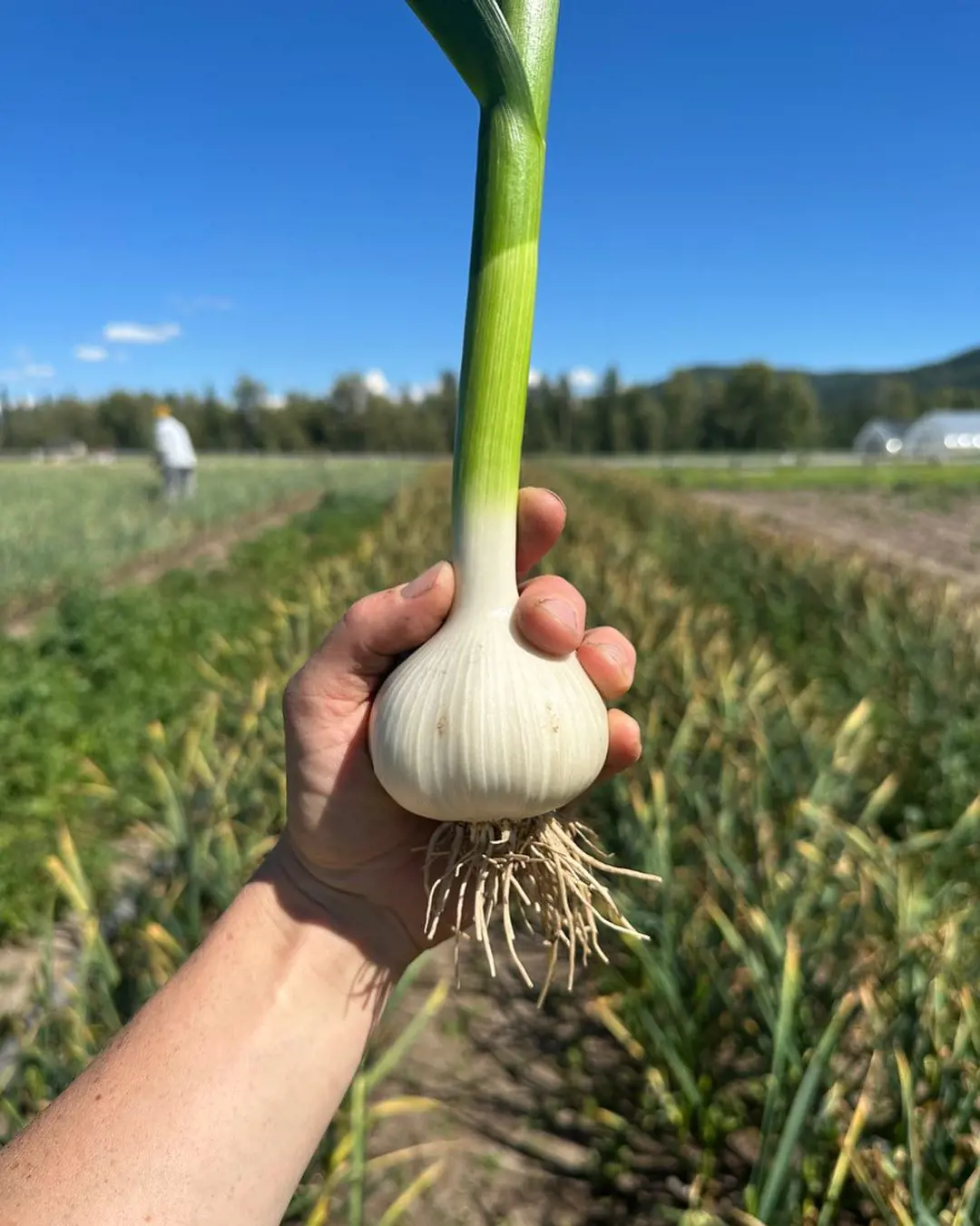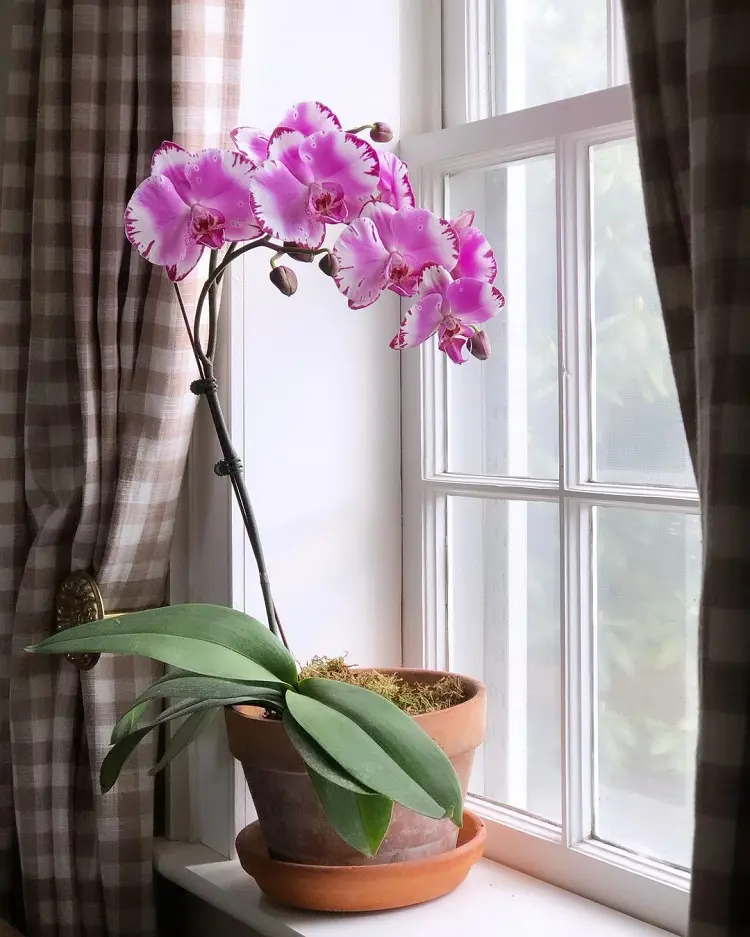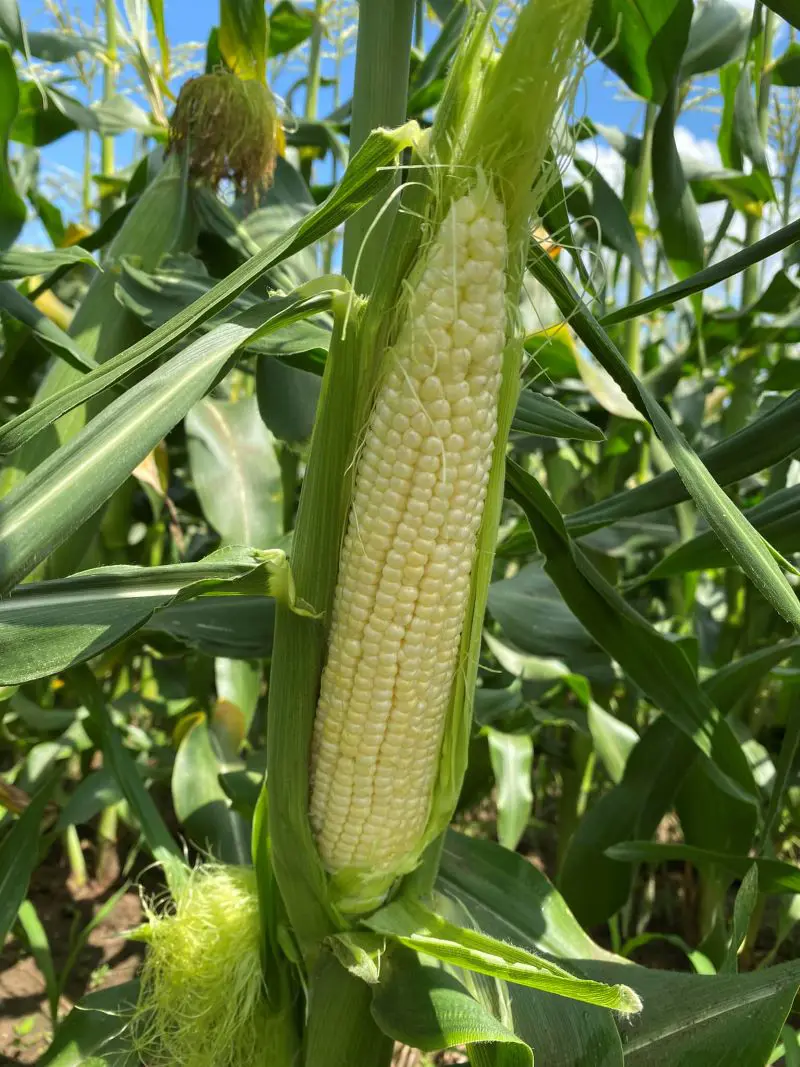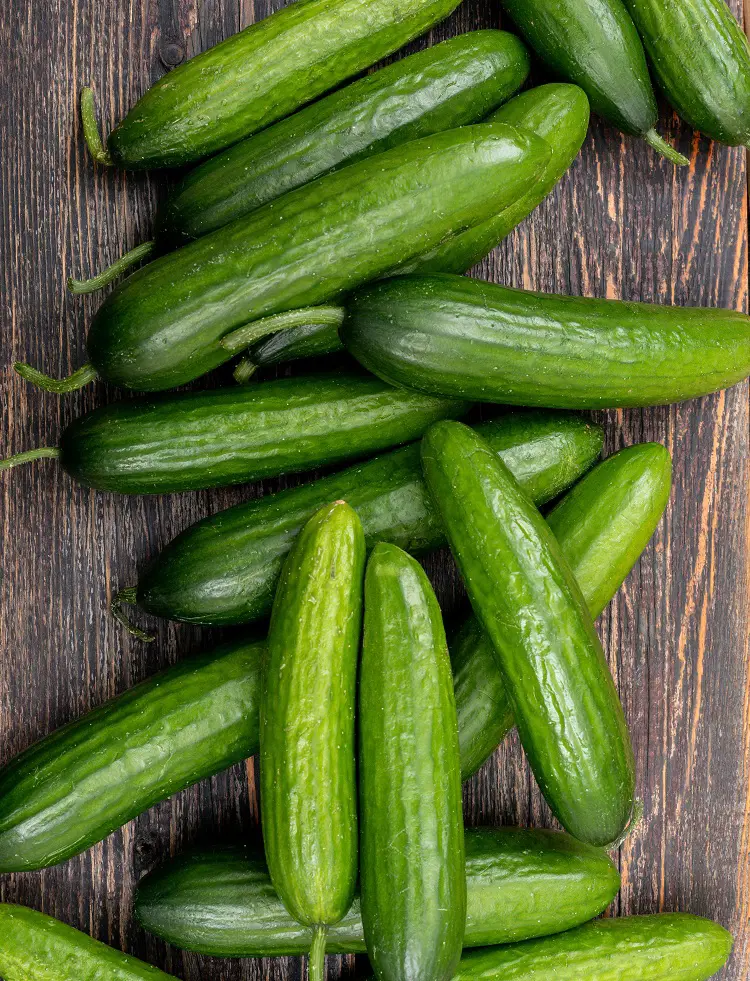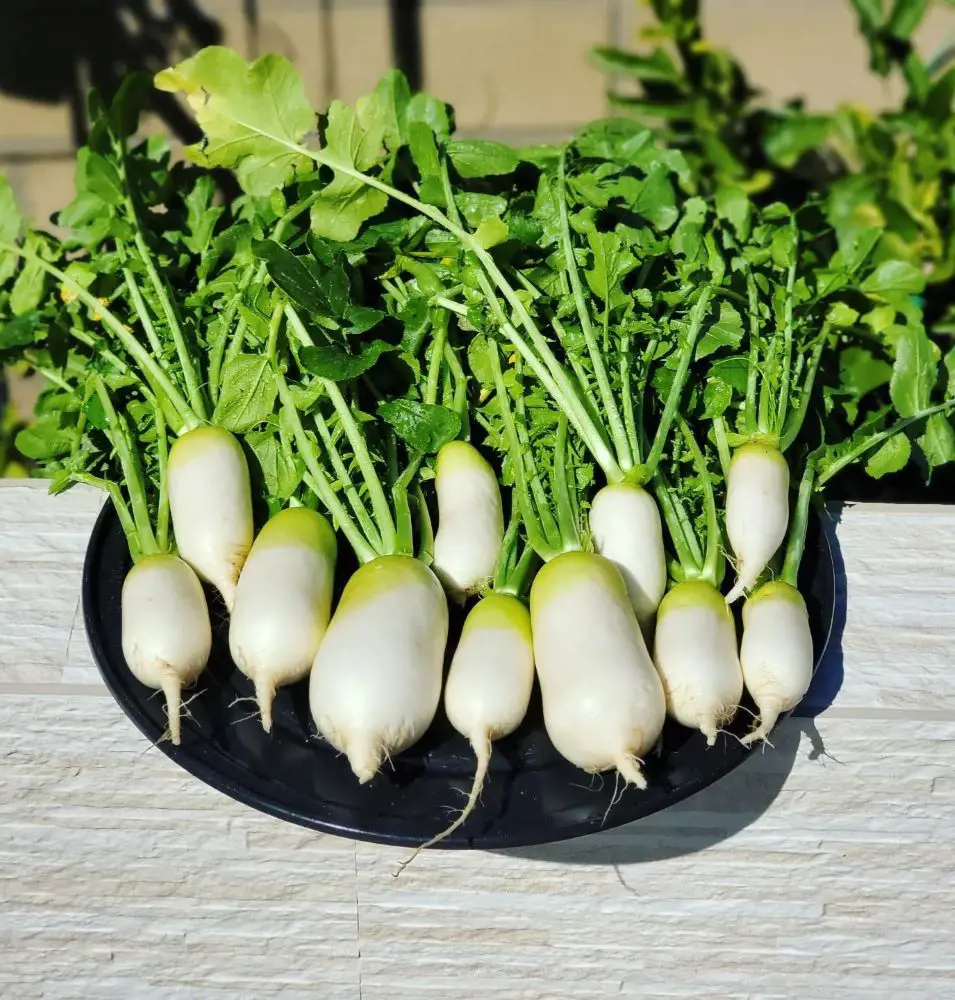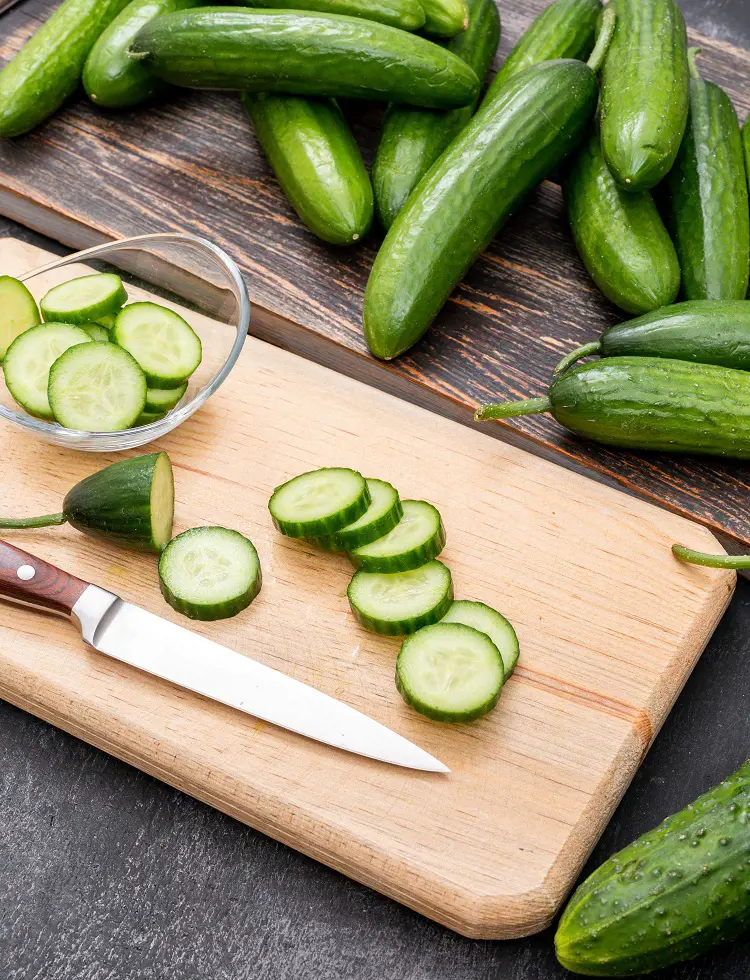How To Grow Blueberries From Seed
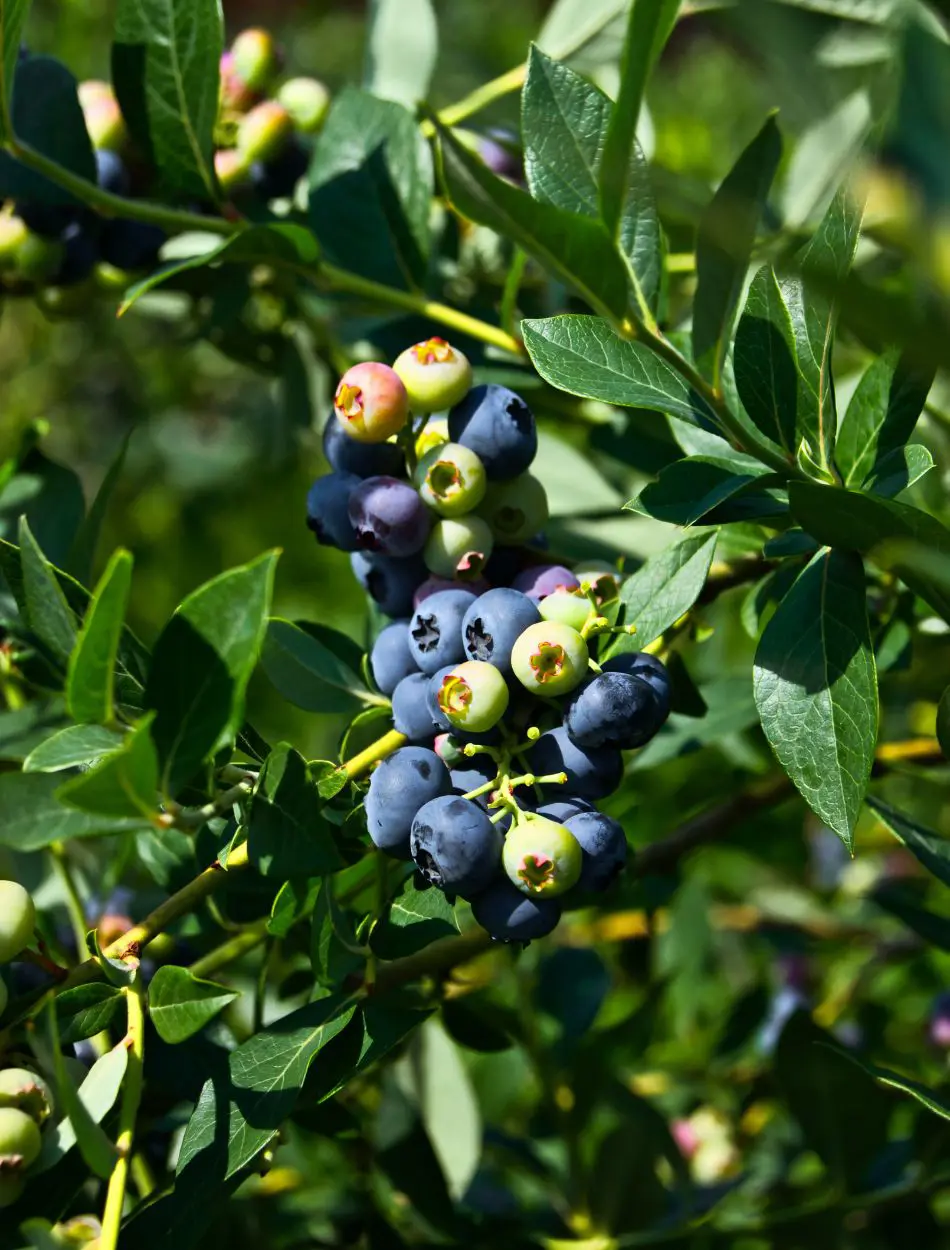
This post may contain affiliate links. If you make a purchase through links on our site, we may earn a commission.
Blueberries, a popular and delicious fruit, can be grown from seeds through a relatively simple and uncomplicated process. Belonging to the Vaccinium genus, which also includes cranberries and bilberries, blueberries thrive in cooler climates and are typically harvested during the summer season.
Known for their high nutritional value, these berries contain antioxidants, vitamins, and minerals. Growing blueberries from seeds enables you to enjoy these nutritious fruits in your own garden.
Choosing Blueberries Varieties
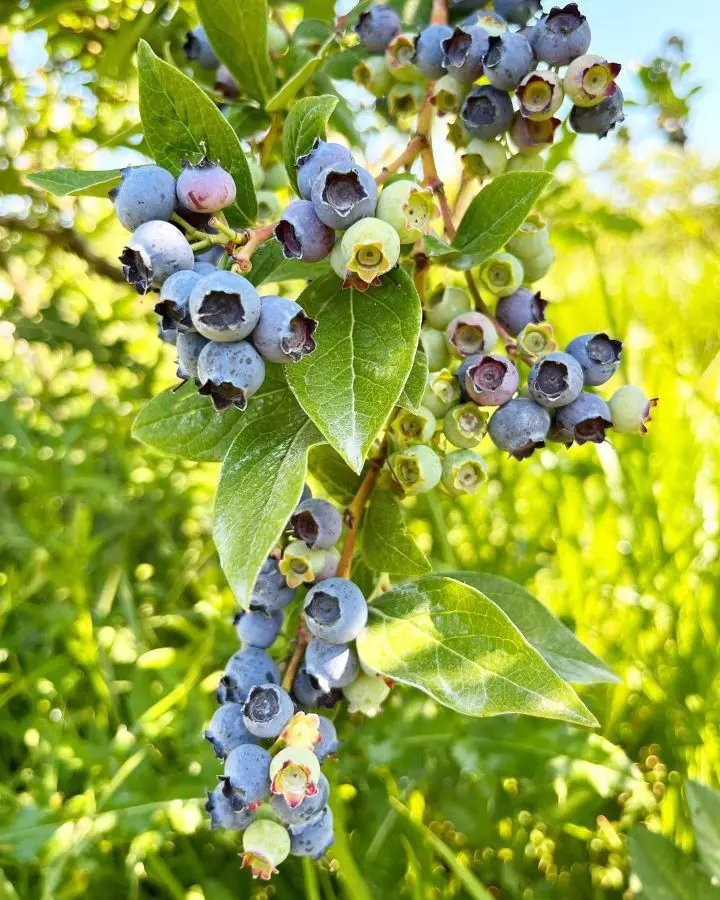
Growing blueberries from seed can be an easy process, but it's important to choose the right varieties, as not all of them are well-suited for seed propagation.
Lowbush blueberries
This native North American variety is known for its small, sweet berries and compact growth habit. It's also relatively tolerant of a wider range of soil conditions compared to other blueberry types. Seeds germinate readily and the plants start producing fruit in 2 to 3 years.
Half-high blueberries
A hybrid between lowbush and highbush blueberries, this variety offers the best of both worlds. It produces larger berries than low-bush blueberries while still being more compact than high-bush varieties. Seeds germinate moderately well and plants typically start fruiting in 3 to 4 years.
Sunshine Blue Blueberry
This early-ripening highbush blueberry variety is known for its large, sweet berries and abundant yields. While seeds may germinate slower than other varieties, the wait is worth it for the delicious fruits. Plants typically start fruiting in 4 to 5 years.
Pink Lemonade Blueberry
This unique variety produces berries that start out pink and ripen to a light lavender color. The berries have a refreshing, slightly tart flavor. Seeds germinate moderately well and plants typically start fruiting in 3 to 4 years.
Collect Seeds
You can collect seeds from ripe blueberries, either by gathering them from a healthy bush or by purchasing them from a reputable nursery. If you are collecting your own seeds, first, you need to extract them.
To do this, begin by mashing the ripe blueberries with water, then separate the seeds using a sieve or a paper towel. Rinse and thoroughly dry the seeds.
Seeds Stratification
Blueberry seeds require a period of cold stratification before they will germinate. To achieve this, place the seeds in a moist paper towel or peat moss and store them in the refrigerator for 6 to 8 weeks.
This process simulates a dormant period, breaking the seeds' dormancy and signaling that conditions are conducive to germination. After the stratification period, you can sow the seeds in a suitable growing medium to initiate the germination process.
Prepare Potting Mix
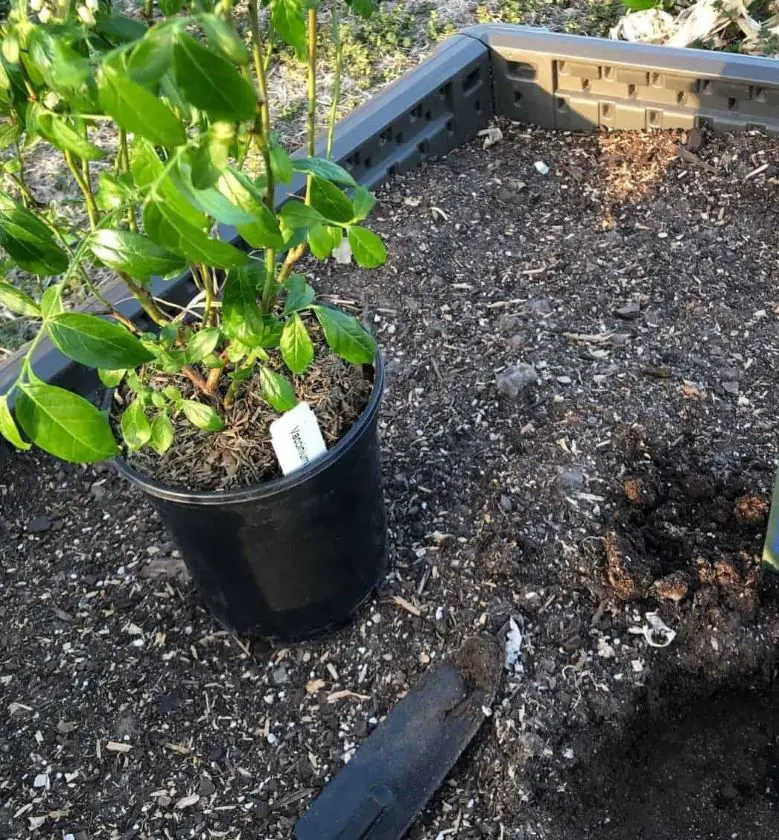
To prepare the potting mix for blueberries, you may either purchase a specialized mix or make your own. An ideal mix should consist of equal parts peat moss, sand, and composted sawdust, providing the acidic soil with a pH of 4.0 to 5.0 required for healthy growth.
You can also add organic matter to the soil, such as pine bark mini-nuggets or sphagnum peat moss, to improve soil texture and acidity. However, it's important to avoid using mushroom compost or composted manure in the soil, as they have high nitrogen content that can harm the plants.
Sow The Seeds
When sowing seeds, press them gently onto the surface of the potting mix, spacing them about 1/4 inch apart. But avoid burying them deeply, as they need light to germinate. If you are growing large seeds, aim for spaces of about 4 cm between each seed. For smaller seeds, sow them evenly and thinly across the entire area. Cover the seeds with soil and place a label in the soil.
If you are growing blueberries in a container, use a shallow pot or tray with proper drainage holes filled with acidic, well-draining potting mix. You can even incorporate types of soil such as a mix of peat moss, perlite, and sand.
Provide Adequate Sun Exposure
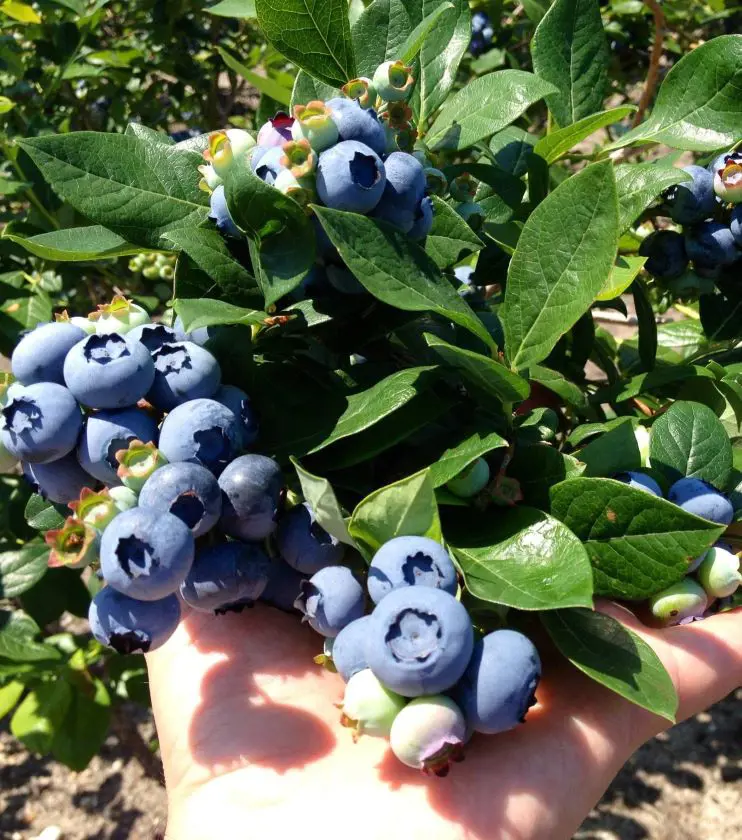
Blueberries require at least 6 to 8 hours of sunlight per day to grow well, so it is essential to choose a location that receives ample sunlight.
If you are growing blueberries indoors, place your seed trays or pots in a warm area that receives plenty of bright, indirect sunlight, and maintain temperatures between 65°F and 75°F to ensure healthy growth conditions.
Maintain Moisture
To keep the soil consistently moist for blueberry seeds, gently water them using a fine spray nozzle or by placing the tray in a shallow dish of water to allow for bottom wicking.
Covering the tray with plastic wrap or a propagator lid further helps maintain humidity, preventing the soil from drying out too quickly.
Germination
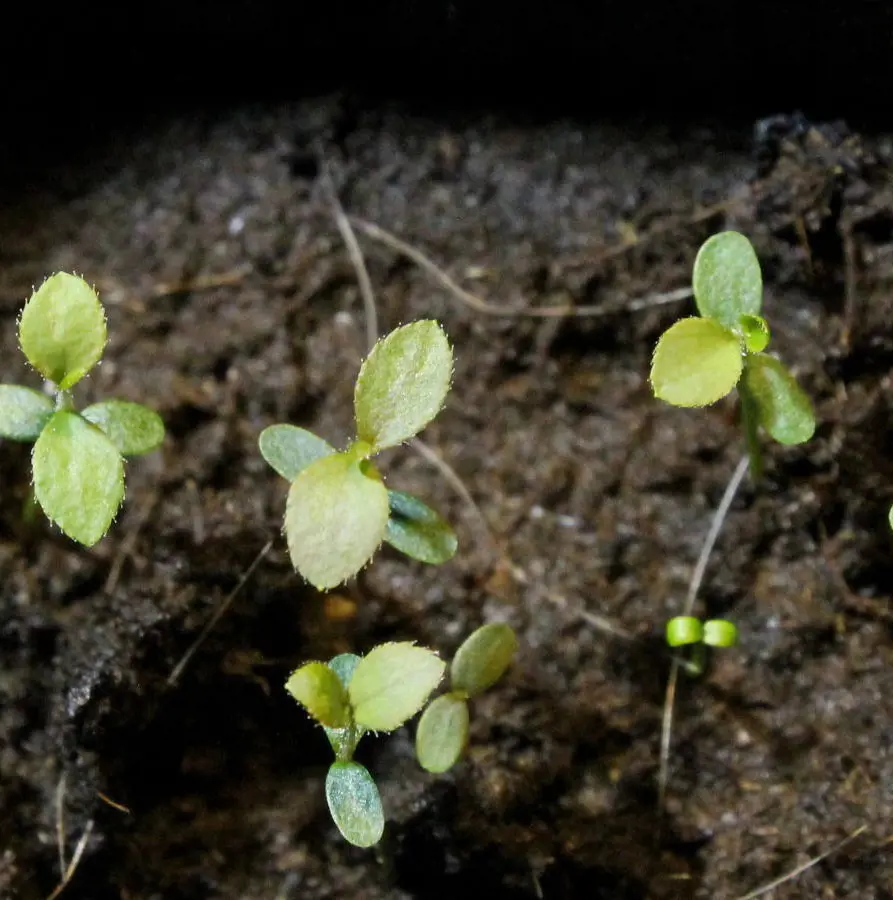
Germination of blueberry seeds can be a lengthy process, taking anywhere from 4 to 12 weeks. To facilitate germination, it is important to keep the soil moist and maintain a temperature between 65°F and 75°F.
Once the seeds have germinated, remove the plastic wrap or propagator lid, and water the seedlings regularly to support their growth.
Thinning Seedlings
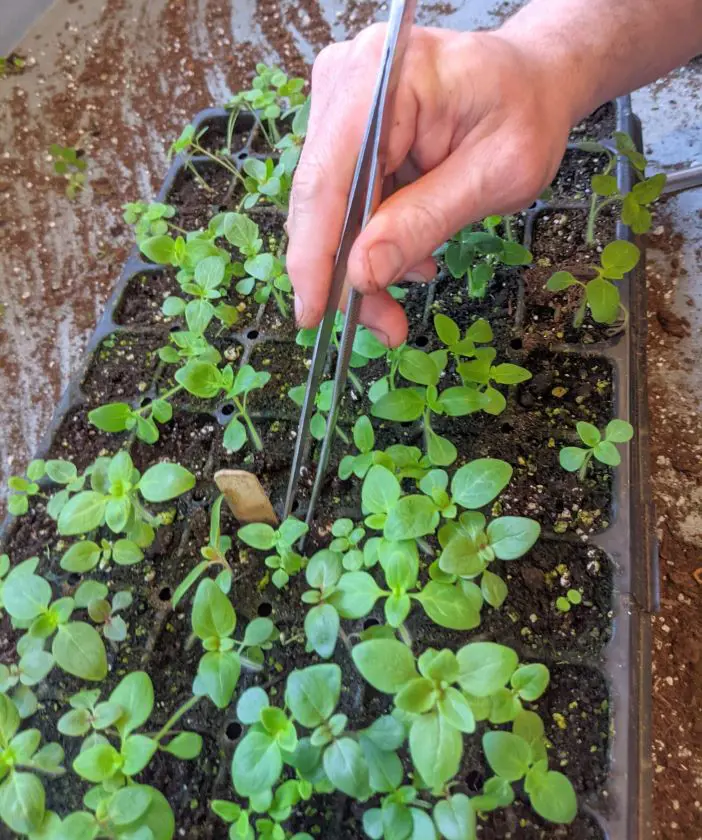
Once the seedlings have grown a few true leaves, thin them to provide more space for growth. You may gently transplant extra seedlings to other pots. This helps improve air circulation and prevents overcrowding, which can limit their nutrient absorption.
Seedlings should be at least 3 to 4 inches tall and have two pairs of true leaves before thinning. This process is best done while they are still young to avoid root disturbance.
Transplanting
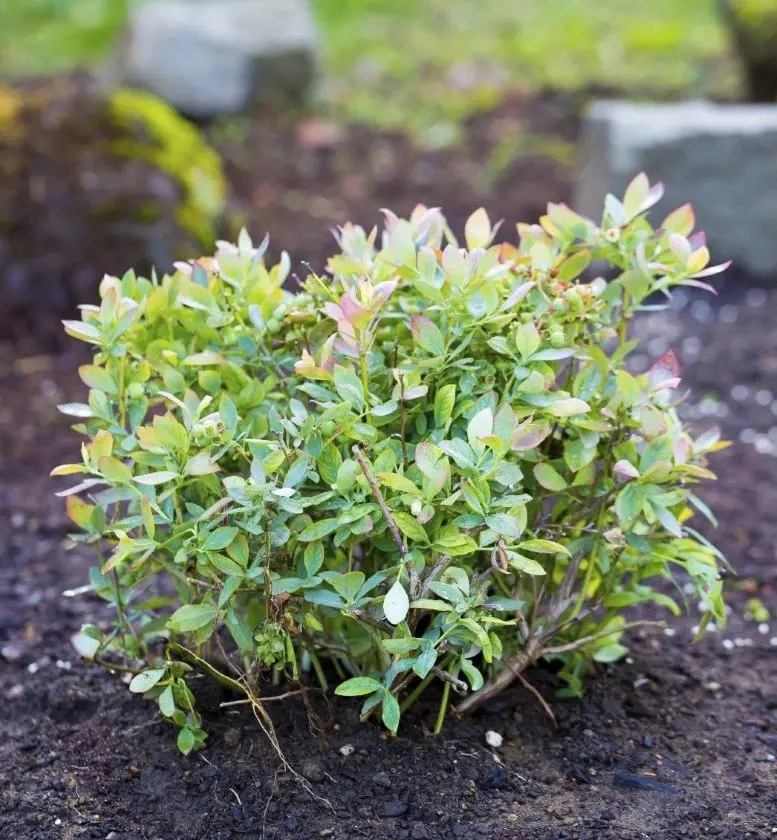
Once the seedlings have grown to about 4 to 6 inches tall, they can be transplanted into ground or individual pots. When transplanted, gently loosen the seedlings from their current pots, being careful not to damage their roots.
If you are transplanting them into individual pots, fill the pots with a suitable potting mix and plant the seedlings at the same depth they were in their previous pots. Thoroughly water the pots and place them in a location with the appropriate growing conditions.
Watering And Humidity
These berries require consistent moisture in their soil to thrive. Keep the soil consistently moist but not soggy, providing them with one inch of rainfall per week, either through rain or irrigation.
During their growing season, give them at least 1 inch of water per week and up to 4 inches per week during fruit ripening.
Fertilizing And Mulching
Once the seedlings have a few true leaves, use an acidic fertilizer formulated for ericaceous plants, such as those containing ammonium sulfate or other acidic fertilizers. Apply the fertilizer once or twice a year, following the instructions on the package.
In promoting the health of these plants, apply a layer of acidic or neutral organic matter, such as composted sawdust, composted or freshly chipped pine bark, and composted pine needles around the base. This helps maintain soil acidity, retain moisture, and prevent weed growth.
Pruning
For mature bushes, more extensive pruning will be needed to encourage new growth and fruit production. This is typically done from November to March.
When trimming these bushes, lightly remove any dead or diseased branches from the young bushes. Also, remove any low branches that are touching the ground; if they are not removed, they will touch the ground when fruit-laden.
Harvesting
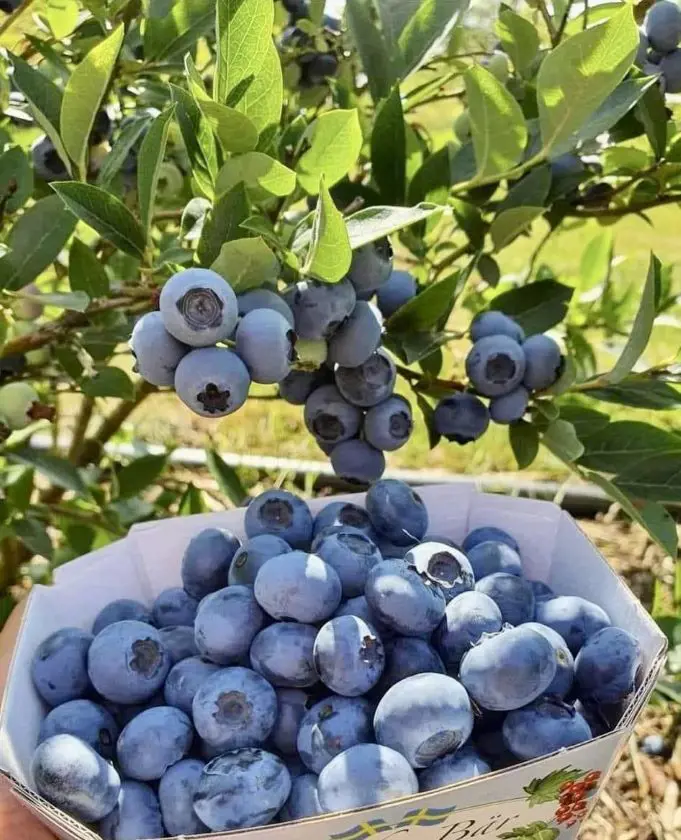
Blueberry harvesting season can extend from late May through mid-August, depending on the variety and local climate. Once they are ready for harvest, gently hold a ripe blueberry between your forefinger and thumb, and pluck it off with a twisting motion.
Choose berries that are plump, juicy, and have a deep blue tone. Ripe berries should come off the bush easily and will 'give' a bit under gentle finger pressure. Normally, you may pick them up every 3 days.
Recent posts
How To Grow
How To Grow
How To Grow Garlic
A bulbous member of the onion family, garlic is prized for both its potent flavor and a variety of therapeutic applications. Due to its relative ease of cultivation, it is a favorite among home gardeners and a pioneer in kitchens worldwide. Garlic ma...
How To Grow
How To Plant and Grow Orchids
Orchids are one of the prettiest and most interesting flowers out there, with over 30,000 types and 200,000 hybrids. They are one of the biggest families of plants and can grow indoors or outdoors. However, growing and taking care of orchids is not e...
How To Grow
How To Plant, Grow And Harvest Corn All By Yourself
Growing your popcorn or sweet corn at home garden can seem like an interesting idea. However, it requires a large amount of space to grow as it is a tall plant that needs plenty of room to spread out. But, if you want to enjoy freshly popped po...
How To Grow
How To Plant, Grow And Care Cucumbers
Growing cucumbers is like going on a fun journey where you get to plant and pick your very own crunchy veggies. It's not just about having tasty cucumbers, it's also about the joy of seeing your plants grow. Whether you have a big garden or a small b...
How To Grow
How To Plant, Grow And Care Radishes In Your Garden
Growing radishes in your garden is a fantastic way to enjoy crisp and peppery veggies that you've nurtured from seed to plate. It's a straightforward process that anyone can try, even if you're new to gardening. In the following 12 steps, we'll guide...
How To Grow
How to Plant, Grow And Care For Spinach?
Growing leafy greens in your backyard garden is both healthy and fun. Spinach can be the best leafy green to start with as it is relatively easy to grow from scratch and can be harvested in about a month from planting. It thrives in spring or fall in...
